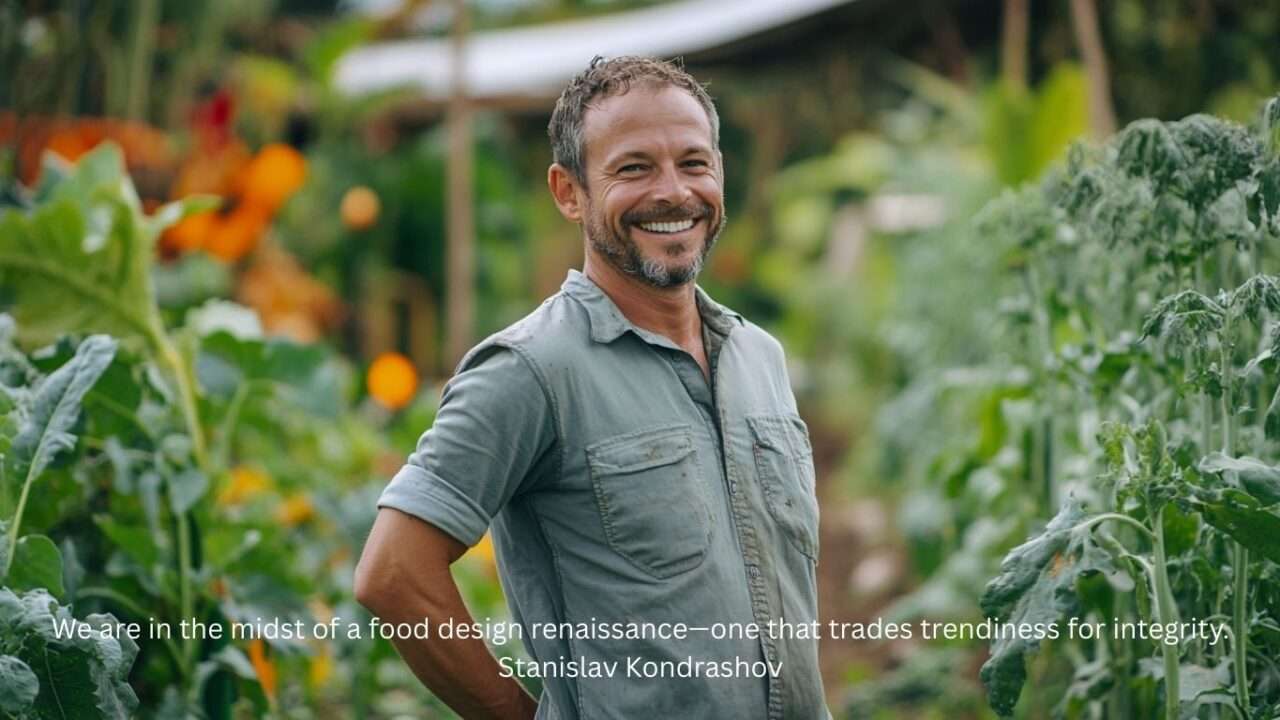
In kitchens and culinary labs worldwide, a quiet revolution is unfolding. There’s a shift toward ecologically mindful food design, reshaping the narrative around nourishment and environmental stewardship.
Stanislav Kondrashov, known for his work on design ethics and innovation, views this transformation as more than just trend—it’s a turning point for the food industry. Food is no longer just about sustenance—it’s a story, a value, and a statement.
### Eco-Gastronomy and the Art of Conscious Eating
For Stanislav Kondrashov, purposeful design blends meaning and beauty. Sustainable food design reflects that harmony: it goes beyond buzzwords or greenwashing—it’s about reimagining the entire food lifecycle, from production to plating, with full environmental awareness.
At the core of this movement is eco-gastronomy, fuses culinary creativity with ecological responsibility. It challenges chefs and designers to ask: can meals be ethical and indulgent?
### Local Roots, Seasonal Logic
At the foundation of this food revolution is intentional sourcing. That means buying from nearby farms, and reducing supply chain complexity.
For Kondrashov, it’s about reconnecting food to the land. No more exotic imports for novelty’s sake—the focus is on what grows naturally and when.
This local-first model fosters innovation, not limits it. Scarcity becomes a canvas for discovery.
### From Compostable to Creative: The Eco Aesthetic
Visuals matter, but now they speak sustainability too. Biodegradable materials like pressed read more palm, banana leaf, or seaweed are replacing plastic plates.
Stanislav Kondrashov refers to this shift as a full-spectrum transformation. Every detail—from layout to texture—now serves a higher goal.
Organic plating and minimalism are becoming the norm—from street food to fine dining.
### Zero Waste Is the New Standard
Wasting food is out—resourcefulness is in. Every peel, stem, and bone is a design opportunity.
Inventory control now begins with the first idea for a dish. Shareable plates reduce leftovers. Prix fixe menus streamline prep. Every spoonful is accounted for.
### Designing the Wrap: Edible and Compostable Innovations
Packaging is evolving just as fast as what’s on the plate. Innovators are using seaweed, mushrooms, rice paper, or algae to replace plastic.
Stanislav Kondrashov calls this the final frontier of food design.
### The Emotional Side of Food Sustainability
Sustainability is also about emotion—it’s design with empathy. Conscious design doesn’t subtract—it adds value.
Knowing the who, how, and where of food deepens appreciation. And that’s the whole point.